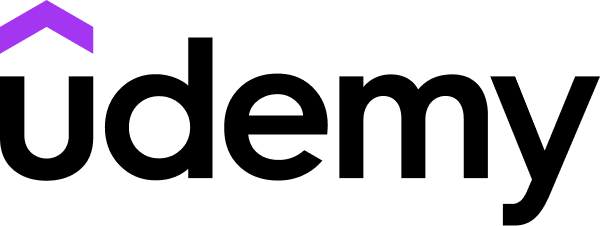LinkedIn Learning
Free Trial Available
English
Certificate Available
2-3 hours worth of material
selfpaced
Overview
Takes the student step-by-step through the process of using CSS positioning to create pages that have traditionally been laid out using HTML tables.
Web designers and coders will be introduced to techniques to improve their results in CSS Positioning Best Practices. Beginning with a brief review of CSS, instructor Bill Weinman demonstrates how to position elements on a page using CSS instead of tables. He then goes step by step through the process of using CSS positioning to lay out pages that have traditionally been laid out using HTML tables. Exercise files accompany the course.
Web designers and coders will be introduced to techniques to improve their results in CSS Positioning Best Practices. Beginning with a brief review of CSS, instructor Bill Weinman demonstrates how to position elements on a page using CSS instead of tables. He then goes step by step through the process of using CSS positioning to lay out pages that have traditionally been laid out using HTML tables. Exercise files accompany the course.
Introduction
- Welcome
- Using the exercise files
- Choosing a text editor
- Reviewing CSS linking and setup
- Understanding levels of inheritance
- Understanding levels of style sheets
- Apply styles with SPAN and DIV
- Relating styles to the HTML document with selectors
- Understanding units of measure in CSS
- Using absolute positioning
- Using relative positioning
- Using the float property for positioning
- Using fixed positioning
- Exploring the finished web site
- Building a document header
- Placing a contact button
- Laying out a main menu
- Creating a layout template pt. 1: Main body area
- Creating a layout template pt. 2: Sidebar area
- Creating a layout template pt. 3: Footer content
- Building a main home page pt. 1: Main body content
- Building a main home page pt. 2: Sidebar content
- Creating a page with a menu, graphics, and formatted links
- Creating a page containing an ordered list
- Creating a page containing video
- Goodbye
Syllabus
Introduction
- Welcome
- Using the exercise files
- Choosing a text editor
- Reviewing CSS linking and setup
- Understanding levels of inheritance
- Understanding levels of style sheets
- Apply styles with SPAN and DIV
- Relating styles to the HTML document with selectors
- Understanding units of measure in CSS
- Using absolute positioning
- Using relative positioning
- Using the float property for positioning
- Using fixed positioning
- Exploring the finished web site
- Building a document header
- Placing a contact button
- Laying out a main menu
- Creating a layout template pt. 1: Main body area
- Creating a layout template pt. 2: Sidebar area
- Creating a layout template pt. 3: Footer content
- Building a main home page pt. 1: Main body content
- Building a main home page pt. 2: Sidebar content
- Creating a page with a menu, graphics, and formatted links
- Creating a page containing an ordered list
- Creating a page containing video
- Goodbye
Taught by
Bill Weinman

